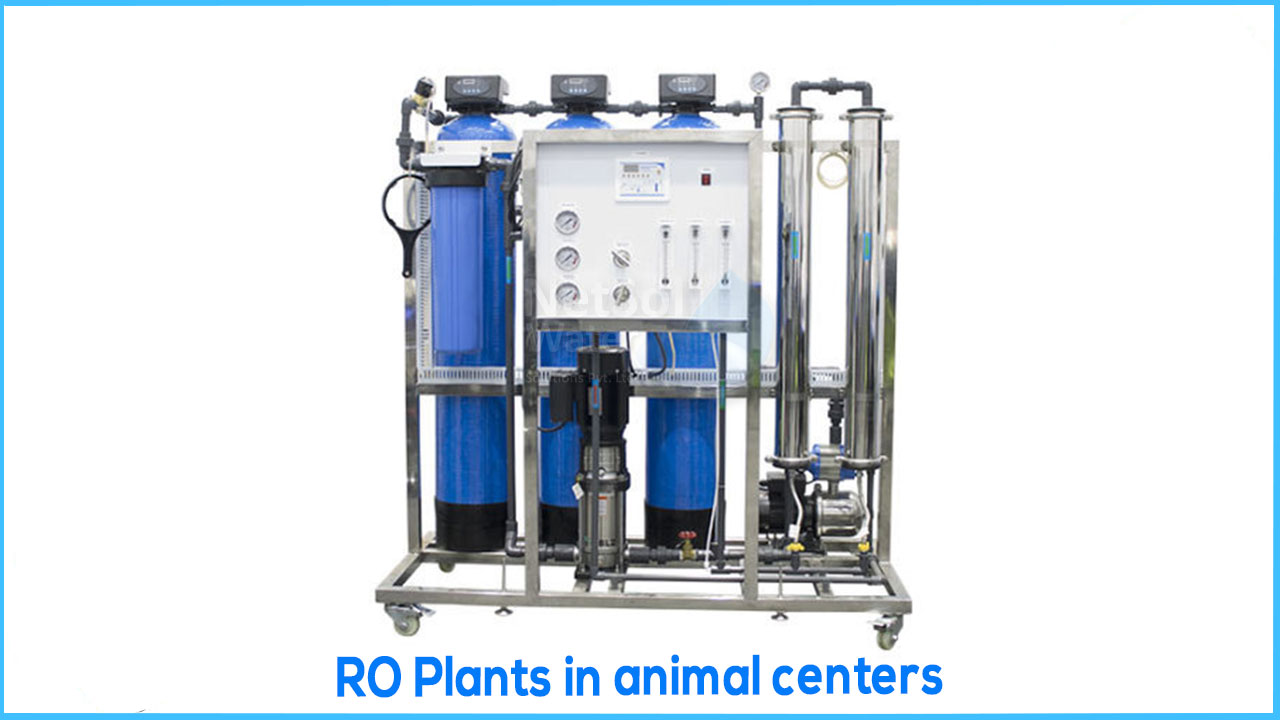Water is required for an animal's physiological and biochemical processes to continue, and thus for life to continue. Water is the internal and extracellular medium in which physiologic activities take place, and it may be found in all tissues and cells.
The importance of water's relationship to the health and well-being of laboratory animals must be recognized. Water quality and the dependability of the systems used to distribute water to laboratory animals employed in biomedical research are also critical considerations.Providing high-quality water to livestock can assist to reduce variability while also improving overall animal health. This blog is designed to provide some background information on water sources, the relevance of water quality, and recommendations for drinking water treatment and delivery systems for animal resource management and animal care employees. Water quality is also important for aquatic animals since it serves as their microenvironment.
WHY REVERSE OSMOSIS?
Reverse osmosis is a technique for removing pollutants in the form of molecules from water. The mechanism of commercial RO plant works by filtering out molecular components that are smaller than water molecules. The process can be equated to squeezing out the excellent stuff while discarding the bad. There are dozens of substances in water that can make it unsafe to drink for humans and animals. Iron, lead, calcium, and manganese are examples of these substances. The most effective purifying method for removing these chemical components from water has been discovered to be reverse osmosis. This technology has been hailed as the most effective for purifying water for industrial and printing processes that simply require mineral-free water.
Animal bodies require fresh water to function properly. They get water not only by drinking, but also from the food they consume. Water is necessary for bodily activities such as temperature regulation, nutrient uptake, waste removal, body weight, and health. If one tenth of the body's water is lost, the body will shut down, resulting in death.
When it comes to water, humans must consider the needs of other living creatures. Will there be enough water left for the other living species on Earth if we use all the water to feed our cattle, flood our crops, and fill our tanks? The health of our rivers and groundwater has suffered as a result of our reliance on extracted water from the environment. Not to mention the plants and animals that make these ecosystems their home.
BENEFITS OF CLEAN WATER IN ANIMAL CENTRE
Drinking water can be contaminated with a variety of diseases, resulting in animal contamination and illness. Pathogenic load can be reduced by using clean, chlorinated water. To preserve sanitation, the water used to clean the animals and the shelter is treated with the proper disinfectant and clean water.
The removal of urine, faeces, and organic debris from the animal's body and the environment is referred to as physical cleansing and for all of this physical cleaning, clean water is required.
- 1. Cleaning should result in a clean surface that can be seen.
- 2. Cleaning animals and farms on a daily basis helps to prevent a variety of diseases and can also assist to eliminate odors in shelters and the environment.
- 3. Effective sanitation necessitates the application of a germicidal chemical to a clean surface. This necessitates the use of both detergents and disinfectants. Detergents do little to kill germs on their own.
It is very important to maintain the hygiene of all living beings, and that is not possible without having healthier and cleaner sources of water. Water is the need of every process and every being, so RO systems are mostly considered for the supply of fresh and quality water.




